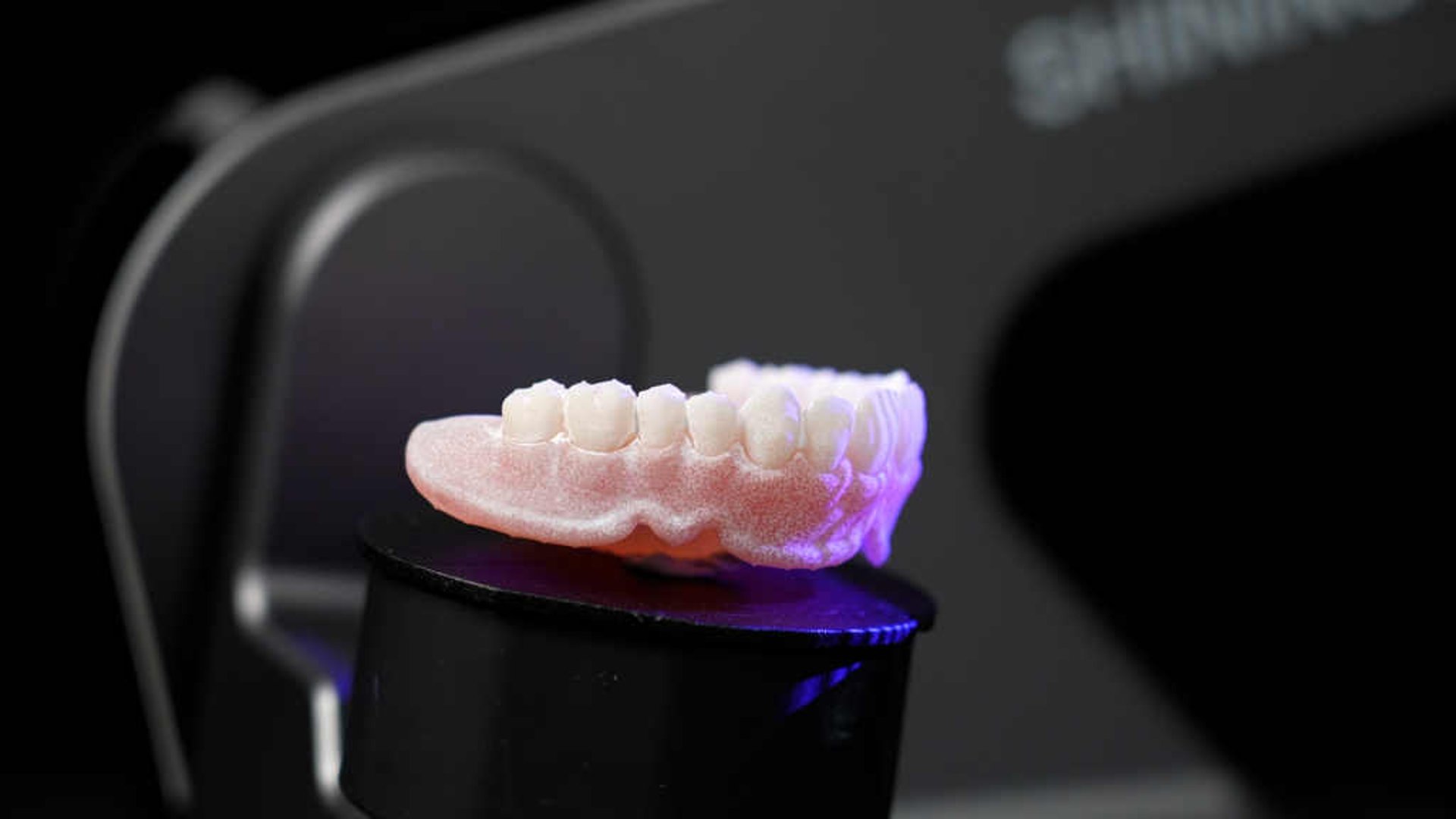
MADE IN GERMANY
At 3D Scania, we specialize in advanced Cyclododecane products, offering high-purity 3D scanning sprays that lead the industry in optical measurement technology.
1000+
25+
Years of experience
Happy clients


CyclododecaneTechnology
Cyclododecane (CDD) technology is the use of a waxy, non-toxic substance to temporarily protect and support fragile objects during conservation and restoration. CDD is a volatile binding medium that sublimates, or turns from a solid to a gas, after a period of time. This allows it to be removed without additional chemical or physical treatment
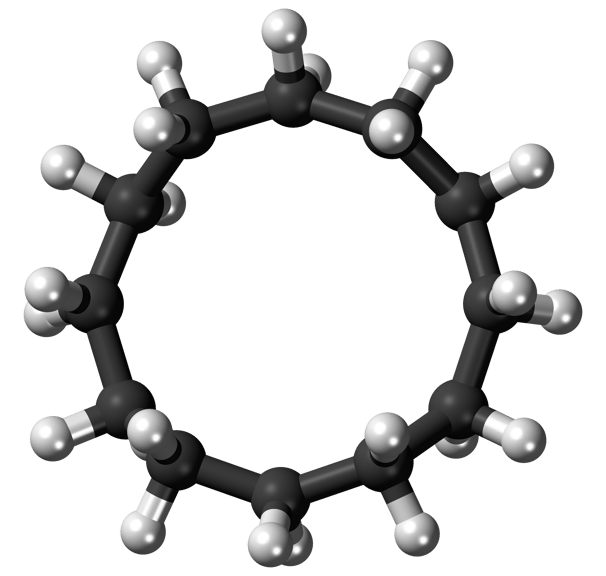

" Exceptional quality and performance.
SHC SYSTEM
Spray Head Change System
Round Spray Head
Round spray pattern for high-resolution details. Shorter sublimation time due to fine application.
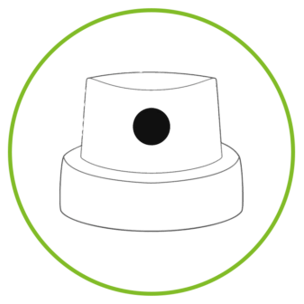

Variable Spray Head (Rotatable)
For a vertical and horizontal spray pattern. Longer sublimation time due to large-area application.
Spray head with extended spray hose for hard-to-reach areas. This option guarantees a high level of detail resolution.
Extended spray head

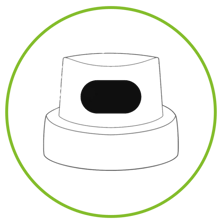


Customer reviews
Discover what our clients think about our service
The permanent sprays from 3D Scania have significantly improved our 3D measurement accuracy and efficiency. 3D Scania's products have revolutionized our scanning process with unmatched purity and performance. Highly recommended!
Brian Moten
I am extremely satisfied with this product! It exceeded my expectations with its quality and performance. The customer service was excellent, and delivery was prompt. I highly recommend this to everyone.
Clarice Turner
★★★★★
★★★★★
WHICH IS THE RIGHT 3D SCANNING SPRAY FOR YOU?
Provide a general summary of the services you provide, highlighting key features and benefits for potential clients.
OUR TECHNOLOGY
Version optimized for industrial 3D measurement technology with a cyclododecane purity of around 99.9%


PRODUCTS & SCANNING TIME
3D-SCPW (Permanent White)
3D-SCPG (Permanent Grey)
3D-SCX (Sublimation up to 2 Hours)
3D-SC6 (Sublimation 6 to 8 Hours)
3D-SC24 (Sublimation 24 to 48 Hours)
TRY IT RISK FREE (Reseller only)
READY TO TRY 3D SCANIA? IT'S JUST A MATTER OF ONE CLICK.
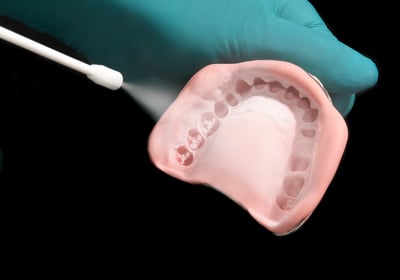

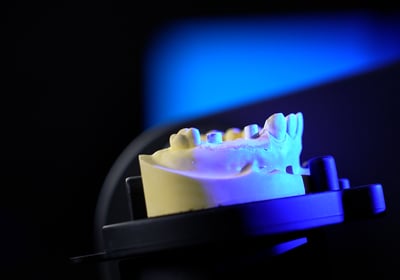

PERMANENT
Part#: 3D-SCPW (Permanent-White)
3D Scan Spray Semi-Permanent
Volume: 400ml Aerosol Can
Layer Thickness: 4.75 um
TiO2 & n-Hexane FREE
Pigment FREE
High ACCURACY
MADE IN GERMANY
DENTISTRY


VANISHING
The raw material cyclododecane (CDC) contained in the sublimating scanning sprays does not bioaccumulate in water organisms and is therefore absolutely harmless for humans and for our environment. Due to its composition, CDC is much more economical than alternative products and does not require labelling according to the GHS “Globally Harmonised System”.
According to SGS Institut Fresenius, no cyclododecane could be detected 24 hours after an application of SC2 or SC6 and 96 hours after an application of SC24. Visible contamination is no longer present.
The pigments contained in the permanent scanning spray SCS are based on renewable natural raw materials.
The versions 3D SCANIA SCX, SC2, SC6 and SCP are also available in bulk container form of 1,000ml or 5,000ml.


Sublimation Technology
Version optimized for industrial 3D measurement technology with a cyclododecane purity of around 99.9%
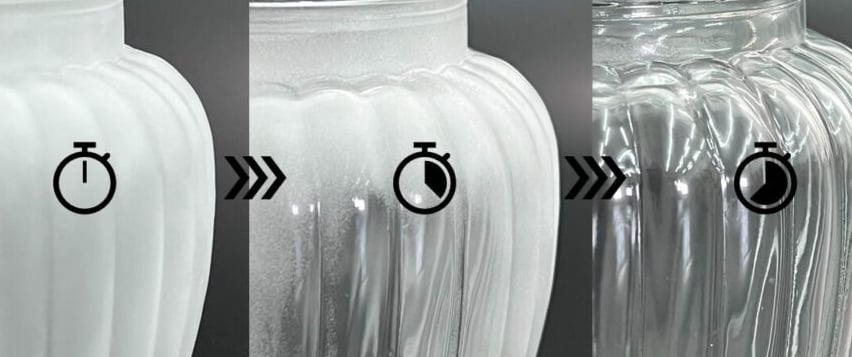

Knowledge Base
Provide a general summary of the services you provide, highlighting key features and benefits for potential clients.
3D scanning black or dark parts
Precision in 3D scanning extends to the realm of black or dark parts, where low contrast poses unique challenges. This guide explores specialized techniques enhanced by the strategic application of 3D scanning spray. Following a meticulous step-by-step approach, we delve into the nuances of achieving accurate scans, offering insights that streamline the process for optimal results.
1. Clean the Part for Prime Scanning: Initiate the 3D scanning process by meticulously cleaning the part, ensuring freedom from moisture, grease, or any lingering residue. Beyond equipment care, this step sets the stage for superior 3D scanning results, promoting accurate data acquisition and minimizing interference during scanning. Before applying the scanning spray, conduct a test on a small sample or part area to determine the optimal amount required and ensure compatibility with different materials.
2. Shake the Can for Optimal Formulation: Vigorously shake the scanning spray can for at least 30 seconds to ensure optimal mixing of the matting agent. Properly mixed spray guarantees consistent results across the surface, laying the foundation for precise 3D scans. Consider environmental factors such as temperature and humidity, conducting tests in varying conditions to understand their impact on sublimation time.
3. Apply Scanning Spray with Precision: Maintain precision during application by keeping a distance of 6 to 10 inches (15 to 25 cm) between the can and the part. Consistent application is crucial for accurate and reliable 3D scans, with a single coat typically sufficient for necessary surface matting. Maintain a consistent distance and speed during spray application to achieve a uniform coating, minimizing the risk of over-application and ensuring even coverage.
4. Allow Matting Film to Form: Exercise patience post-application, allowing the matting film to form over 15 seconds to 1 minute. This even coating acts as the foundation for accurate data capture during subsequent 3D scanning. Ensure proper ventilation to avoid breathing spray chemicals during sublimation. Higher airflow can expedite sublimation.
5. Initiate 3D Scanning Process: Proceed with the 3D scanning process once the matting film has formed. The meticulous preparation ensures precise and high-quality 3D scan data. Regularly calibrate your 3D scanner to maintain accuracy, as changes can impact matting agent effectiveness.
6. Film Self-Sublimates for Seamless Finish: The sublimation time varies based on surface finish and ambient conditions, eliminating the need for additional cleaning steps.
Incorporating these steps into your 3D scanning routine ensures optimal results, providing a streamlined and efficient workflow. Elevate your scanning experience by adhering to these guidelines, unlocking the full potential of your 3D scanning spray for superior results.
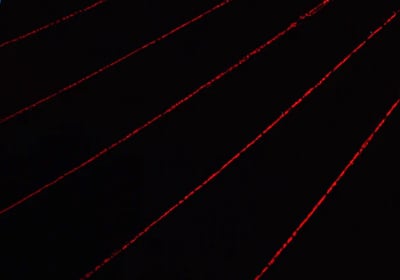

How to 3D scan shiny or transparent parts?
Precision in 3D scanning of transparent or shiny parts demands a nuanced approach due to inherent challenges such as reflections and a lack of surface features. In this guide, we explore the intricacies of 3D scanning, providing a methodical framework to overcome complexities and achieve accurate scans for objects with elusive properties.
1. Understanding the Challenges: Transparent or shiny parts introduce challenges in the form of reflections and limited surface features. These complexities necessitate a nuanced understanding to develop targeted strategies, acknowledging the limitations of traditional scanning methods.
2. Selecting the Right 3D Scanner: Choosing a suitable 3D scanner is foundational for successful scans of transparent or shiny parts. Opt for scanners equipped to handle reflective surfaces and transparent materials, such as high-end structured-light scanners or laser scanners, ensuring precise data capture.
3. Surface Preparation: Thorough surface preparation is pivotal for accurate scans. Utilize 3D scanning spray to create a uniform surface, minimizing reflections and enhancing the precision of the scanning process. Tailor the preparation technique based on the specific properties of the material. Check out this article on best practices for applying 3D scanning spray.
4. Lighting Techniques: Employ advanced lighting techniques to mitigate challenges posed by transparent or shiny surfaces. Strategies such as diffused lighting and strategic backlighting play a crucial role in reducing reflections and illuminating surface features, contributing to more accurate results.
5. Scanning Strategies: A strategic scanning approach is fundamental for success. Implement multi-angle scanning to capture data from different perspectives, compensating for distortions and enhancing overall accuracy. Incorporate reference markers to facilitate alignment and comprehensive coverage.
6. Post-Processing: Post-processing serves as a critical step in refining scans. Utilize software solutions capable of compensating for reflections, manipulating scan data, and creating watertight meshes. Detailed post-processing techniques ensure the transformation of raw scans into accurate and usable 3D models.
In the world of 3D scanning, the intricacies of capturing transparent or shiny parts require a disciplined approach. By leveraging precise tools such as 3D scanning spray and reference markers, professionals can navigate the challenges of reflections and limited surface features. The strategic use of advanced lighting techniques, meticulous scanning strategies, and thoughtful post-processing ensures the transformation of raw scans into accurate 3D models. As technology evolves, staying abreast of advancements contributes to the continual refinement of scanning methodologies. The pursuit of precision in 3D scanning for such materials is a journey marked by adaptability, innovation, and a commitment to overcoming inherent complexities, ultimately opening new frontiers in diverse industries.
Precision in 3D scanning of transparent or shiny parts demands a nuanced approach due to inherent challenges such as reflections and a lack of surface features. In this guide, we explore the intricacies of 3D scanning, providing a methodical framework to overcome complexities and achieve accurate scans for objects with elusive properties.
1. Understanding the Challenges: Transparent or shiny parts introduce challenges in the form of reflections and limited surface features. These complexities necessitate a nuanced understanding to develop targeted strategies, acknowledging the limitations of traditional scanning methods.
2. Selecting the Right 3D Scanner: Choosing a suitable 3D scanner is foundational for successful scans of transparent or shiny parts. Opt for scanners equipped to handle reflective surfaces and transparent materials, such as high-end structured-light scanners or laser scanners, ensuring precise data capture.
3. Surface Preparation: Thorough surface preparation is pivotal for accurate scans. Utilize 3D scanning spray to create a uniform surface, minimizing reflections and enhancing the precision of the scanning process. Tailor the preparation technique based on the specific properties of the material. Check out this article on best practices for applying 3D scanning spray.
4. Lighting Techniques: Employ advanced lighting techniques to mitigate challenges posed by transparent or shiny surfaces. Strategies such as diffused lighting and strategic backlighting play a crucial role in reducing reflections and illuminating surface features, contributing to more accurate results.
5. Scanning Strategies: A strategic scanning approach is fundamental for success. Implement multi-angle scanning to capture data from different perspectives, compensating for distortions and enhancing overall accuracy. Incorporate reference markers to facilitate alignment and comprehensive coverage.
6. Post-Processing: Post-processing serves as a critical step in refining scans. Utilize software solutions capable of compensating for reflections, manipulating scan data, and creating watertight meshes. Detailed post-processing techniques ensure the transformation of raw scans into accurate and usable 3D models.
In the world of 3D scanning, the intricacies of capturing transparent or shiny parts require a disciplined approach. By leveraging precise tools such as 3D scanning spray and reference markers, professionals can navigate the challenges of reflections and limited surface features. The strategic use of advanced lighting techniques, meticulous scanning strategies, and thoughtful post-processing ensures the transformation of raw scans into accurate 3D models. As technology evolves, staying abreast of advancements contributes to the continual refinement of scanning methodologies. The pursuit of precision in 3D scanning for such materials is a journey marked by adaptability, innovation, and a commitment to overcoming inherent complexities, ultimately opening new frontiers in diverse industries.
3D Scanning Spray Best Practices
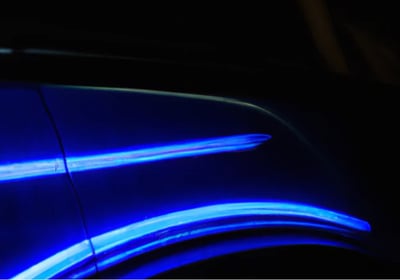

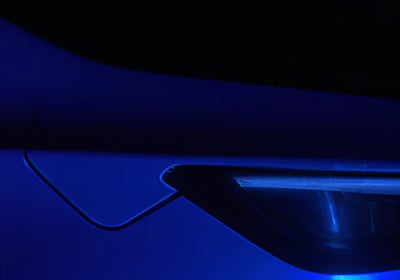

3D Dental Scanning
Innovative cyclododecane sprays for precision optical measurement technology.


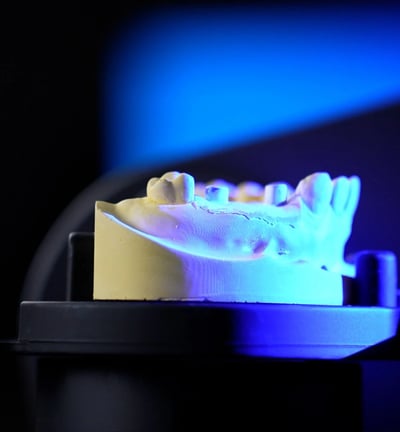

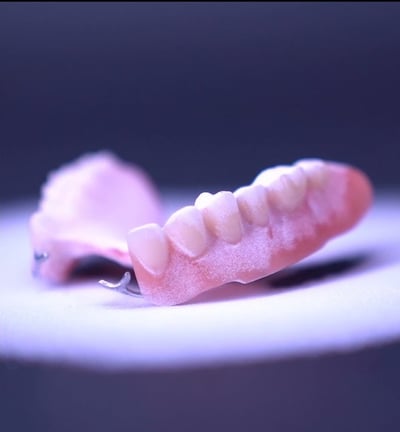



Sublimation Technology
The raw material cyclododecane (CDC) contained in the sublimating scanning sprays does not bioaccumulate in water organisms and is therefore absolutely harmless for humans and for our environment. Due to its composition, CDC is much more economical than alternative products and does not require labelling according to the GHS “Globally Harmonised System”.
According to SGS Institut Fresenius, no cyclododecane could be detected 24 hours after an application of SC2 or SC6 and 96 hours after an application of SC24. Visible contamination is no longer present.
The pigments contained in the permanent scanning spray SCS are based on renewable natural raw materials.
The versions 3D SCANIA SCX, SC2, SC6 and SCP are also available in bulk container form of 1,000ml or 5,000ml.
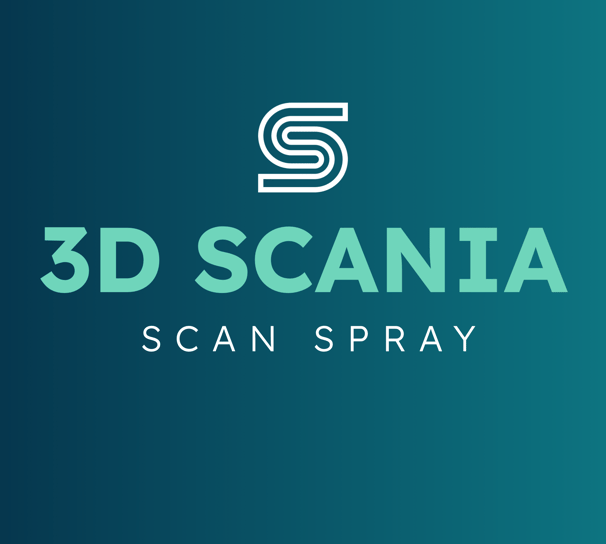

I had an excellent experience! The service was outstanding.
Happy client
Innovation
Leading provider of advanced 3D scanning solutions.
Quality
Precision
sales@3dscania.com
+1(833) 337-2264
© 2024. All rights reserved.
+1(833) 3D-SCANIA
